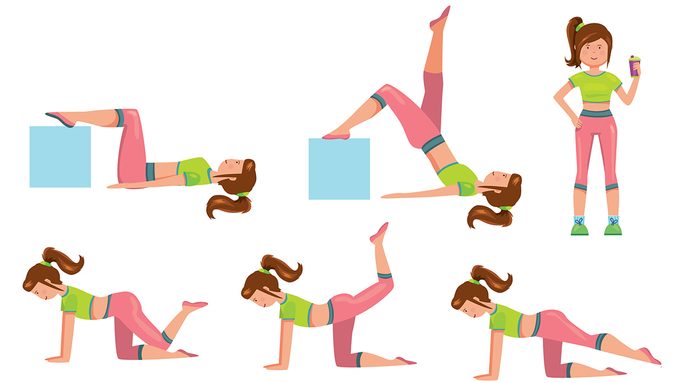Yes, You Can Manage Type-2 Diabetes With Exercise
This is how the body responds when you manage type-2 diabetes with exercise I teach diabetes patients to manage their

This is how the body responds when you manage type-2 diabetes with exercise
I teach diabetes patients to manage their blood sugar through physical activity, because every time your body moves, your muscles use up the sugars in your blood. (Think you might have pre-diabetes? Check these five symptoms of pre-diabetes.)
To get started on a fitness program for diabetes maintenance, I give a stress test to measure your baseline fitness level. Based on that, I prescribe a fitness plan that specifies a speed and distance for walking, cycling or running, five days a week.
For people who are sedentary (not very active), walking will be enough of a physical challenge. For those who are more fit, jogging might be appropriate. I also recommend doing moderate weight resistance exercises for all your major muscle groups two or three times a week. (Find out what your exercise prescription might be.)
Even though you you manage type-2 diabetes with exercise, keep testing
For the first week of a workout plan, it’s a good idea to check your blood sugar before and after being active.
Everyone responds differently, but exercise shows nearly instant benefits to blood sugar for most people (it might drop from 12 to 8 mmol/L after a 20-minute walk) so keeping track can be very motivating.
It’s also important to test regularly because, if you’re taking insulin or oral medications that stimulate insulin secretion, the added drop in blood sugar could put you at risk of hypoglycemia. Many patients end up talking to their doctors about lowering their doses after beginning exercise programs. (Find out how drinking alcohol can impact blood sugar levels, too.)
How exercise affects the A1C test and more
The A1C test looks for glucose buildup in the blood, which reflects how well you managed your blood sugar over the past three months. And since exercise can impact blood sugar, you’ll also see the benefits in your hemoglobin A1C test.
High levels of sugar in the blood make it hard for red blood cells to get through small arteries to deliver oxygen. By effectively managing your diabetes, which is affected by medications, stress, food, sleep and exercise, you can keep your A1C levels below seven per cent and reduce your risk of heart disease, kidney failure and stroke.
Dr. Renee Konidis is a registered kinesiologist and clinical coordinator of the University Health Network’s Cardiovascular Prevention and Rehabilitation Program.




